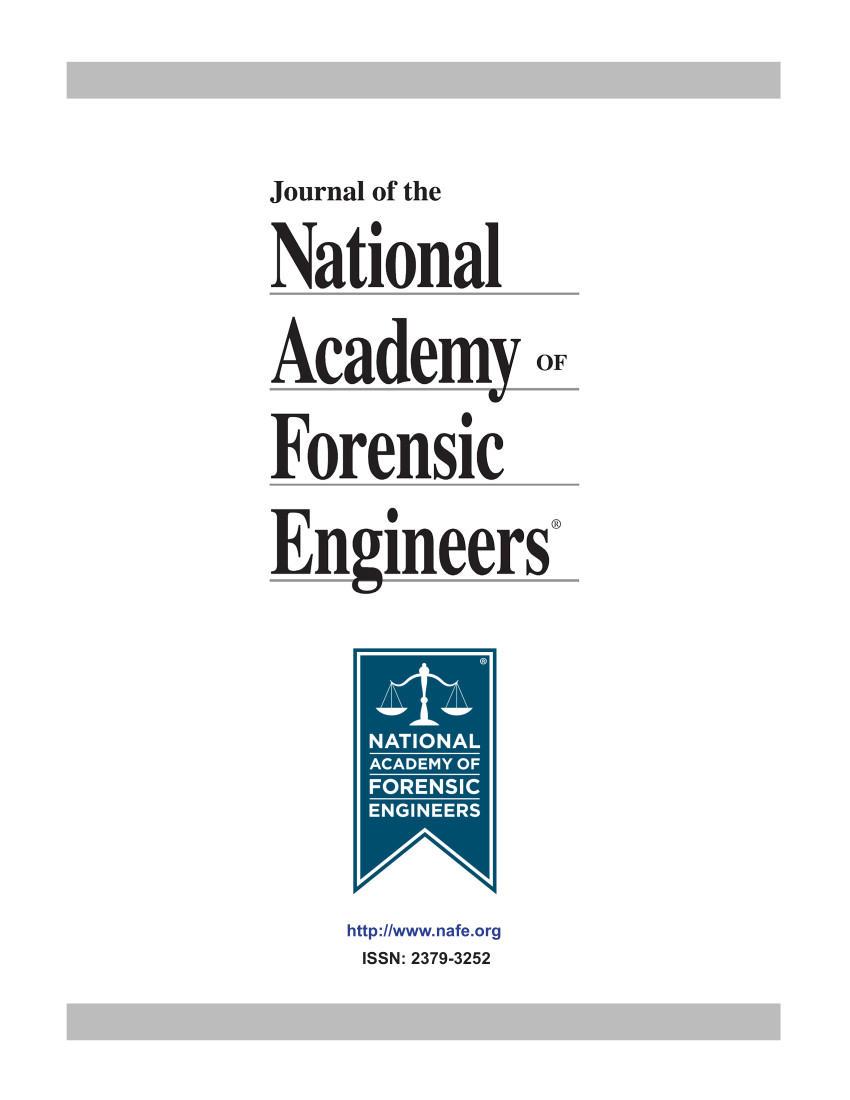Forensic Engineering Report - Causes Of Mold In Buildings
DOI:
https://doi.org/10.51501/jotnafe.v23i1.654Keywords:
Mold, indoor air qualityAbstract
Mold, Including Rot, In Buildings Can Be A Severe Health And Safety Hazard. But Treating The Mold Is Only Treating The Symptom And Is Usually Unnecessary. If The Cause Of Mold, Moisture, Is Not Resolved, The Mold Will Likely Return. Causes Of Mold (Moisture Sources) Include Deficiencies In At Least 16 Subjects: Floodplain Management (P32), Stormwater Management (P32), Floor Elevations (P34), Drainage Slopes (P34), Basement Drainage (P36), Ground Clearance (P39), Vapor Barriers (P40), Foundations (P41), Plumbing (P42), Roofs (P43), Fenestration (Windows, Etc.) (P45), Siding (P46), Ventilation (P47), Air Conditioning (P51), Insulation (P52), And Exterior Structures (P52). The Good News Is That Complying With Established Requirements For Existing Or New Construction Will Minimize Or Prevent Moisture That Is Essential To Mold Growth. Many Of These Requirements Are Cited For Each Of These Subjects, With Expert Witness Examples From Several Of The United States. This Paper Concludes With Outcomes (P53), Recommendations (P53), And A Sample Expert Witness Report (P54)Published
2006-01-01
How to Cite
Cooper, Norman L. 2006. “Forensic Engineering Report - Causes Of Mold In Buildings”. Journal of the National Academy of Forensic Engineers 23 (1). https://doi.org/10.51501/jotnafe.v23i1.654.
Issue
Section
Articles
License
Copyright (c) 2006 National Academy of Forensic Engineers

This work is licensed under a Creative Commons Attribution-NoDerivatives 4.0 International License.
All rights © Journal of the National Academy of Forensic Engineers.
Full statement regarding the author's license of copyright to the NAFE is shown on the Copyright section of the Submissions Page.






